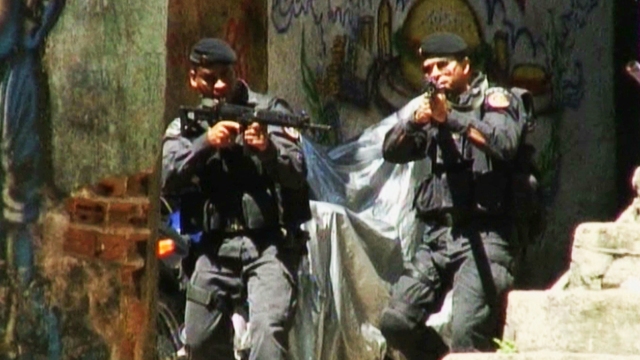The Dark Side Of Rio
 Eight miles of walls are being constructed around hundreds of Rio de Janeiro's sprawling slums. Are they really eco-barriers, protecting the rainforest, or a disguise for the city's social problems?
Eight miles of walls are being constructed around hundreds of Rio de Janeiro's sprawling slums. Are they really eco-barriers, protecting the rainforest, or a disguise for the city's social problems?
"Here in Brazil, a wall does not signify separation or division, a wall does not cause problems for the community", says the Police Captain. Yet the residents of the slums, known as 'favelas', tell a different story. Most only agreed to the wall after the government offered them better services and a hospital. All believe that the walls are intended to contain the slums in time for Rio to host the 2014 World Cup and the 2016 Olympics. Even the police officers confirm their value as an instrument of control: "The Wall helps, really helps us", they say, nervously patrolling the two entrances and exits to the Dona Marta slum. Rio's 750 slums have become notorious for drug trafficking, police killings and a Brazilian reality little seen by the tourists on the beaches. Yet the residents believe that barriers like this will only deepen centuries of social divide. Across Rio, the biggest favela district of Mare, is still in the grip of a deadly gang war. "The truth is that this wall is going only to cause more war", says Damian, a 'third commando' of a dangerous drugs gang, "more police will die, traffickers will die and the killing will continue".
FULL SYNOPSIS

